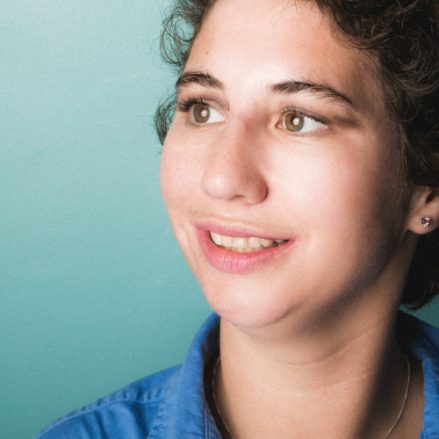Leading up to the 2019 Chicago Marathon, what do you think Team CIF’s first timers and seasoned runners have in common?
It’s not the long training hours or researching tips for pre-race nutrition. It’s not avoiding injuries or even a passion for running. While these things are all important for marathon runners, the thing our team has in common is even bigger.
The team is linked by a common desire to support individuals with disabilities living independently and building the lives they want.
Fundraising For Independent Futures
 Every member of Team CIF is responsible for raising at least $1,250 as part of being on a Chicago Marathon charity team. Each member does this in their own way: some reach out to coworkers and family, some host events at supporting restaurants, and some host contests among their friends.
Every member of Team CIF is responsible for raising at least $1,250 as part of being on a Chicago Marathon charity team. Each member does this in their own way: some reach out to coworkers and family, some host events at supporting restaurants, and some host contests among their friends.
Why do these runners commit to raising so much money to support Independent Futures? Why run a marathon at all? Because of the impact our programs have on the lives of our participants.
Over the course of the 17 years that Independent Futures has supported individuals with disabilities, our tutors have taught hundreds of distinct life skills to help participants live independently. Our New Futures Initiative, a housing training workshop, has helped 200 individuals move into the community of their choice. Our Change Champions programs have built inclusion into the fabric of community places, like the library and YMCA.
The members of Team CIF are training hard and raising over a thousand dollars each because we are leaders in helping individuals with disabilities achieve their dreams. But the team and our community need your help.
What Can You Do To Help?
 After reading about some of our amazing team members, you may find yourself thinking, “I want to get involved! But how?” Luckily, there are many ways you can support the team!
After reading about some of our amazing team members, you may find yourself thinking, “I want to get involved! But how?” Luckily, there are many ways you can support the team!
First and foremost, the best way to help the team is to donate! Visit the team’s Crowdrise page to check out the team. Then you can donate to an individual runner, or you can donate to the team as a whole. Unable to donate right now? Try sharing the Crowdrise page on social media and asking your network to support independence for individuals with disabilities too.
Next, you can send words of encouragement to the team coordinator, Connor. She will pass along every bit of positivity you have for the team!
Finally, join us at the Charity Block Party on Sunday, October 13! From about 7:00 am – 1:00 pm, Independent Futures participants, staff, volunteers, and family of the team will be cheering on runners at mile 13. Look for us underneath our tent in case of rain! You can RSVP on Facebook.
Not ready to get involved this year but feeling inspired? You can also email Connor if you are interested in running for the 2020 Chicago Marathon. Looking for more reasons on why to run a marathon? Team members receive running support and help fundraising, plus free tickets to our fall fundraiser Brews & Bites and more. Start getting involved today!

 While we hope the community enjoyed attending Something’s Cooking for the past 15 years, we decided it was time for some exciting changes – starting with its name. This new, updated event is now Brews & Bites, a community gathering of Evanston’s favorite local restaurants with one more big addition.
While we hope the community enjoyed attending Something’s Cooking for the past 15 years, we decided it was time for some exciting changes – starting with its name. This new, updated event is now Brews & Bites, a community gathering of Evanston’s favorite local restaurants with one more big addition.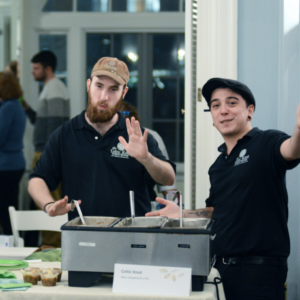 We are offering an early bird price for limited duration of 3 weeks this year. From now until October 6th, the early bird adult tickets will be $60. Adult tickets will then be $75 until the day before Brews & Bites. Day-of tickets purchased at the door will be $85.
We are offering an early bird price for limited duration of 3 weeks this year. From now until October 6th, the early bird adult tickets will be $60. Adult tickets will then be $75 until the day before Brews & Bites. Day-of tickets purchased at the door will be $85. Let’s begin with an understanding of what Independent Futures considers ‘critical life skills.’ These are the skills that we need to live independently, like cooking, cleaning, and being safe.
Let’s begin with an understanding of what Independent Futures considers ‘critical life skills.’ These are the skills that we need to live independently, like cooking, cleaning, and being safe.  The Transition House travelers explored a lot of Evanston, including the Evanston Public Library South Branch, parks, Andy’s Custard, Dave’s Down to Earth Rock Shop, Evanston Police Department, and more.
The Transition House travelers explored a lot of Evanston, including the Evanston Public Library South Branch, parks, Andy’s Custard, Dave’s Down to Earth Rock Shop, Evanston Police Department, and more. While exploring Evanston, the students were able to see what their own futures could hold. One of our community members, Lindsay, spoke with the group about what her life is like. Living independently in an apartment, Lindsay volunteers, has a job, goes out with close friends, and is engaged. Lindsay’s life is the type of full life that many of our community members have, and it’s a positive example of the life the Travel the Town students could have.
While exploring Evanston, the students were able to see what their own futures could hold. One of our community members, Lindsay, spoke with the group about what her life is like. Living independently in an apartment, Lindsay volunteers, has a job, goes out with close friends, and is engaged. Lindsay’s life is the type of full life that many of our community members have, and it’s a positive example of the life the Travel the Town students could have. The school year is almost here, and our Resource Partners at Oak Wealth Advisors, LLC, offers their advice for having school success. Take a look at our favorite tips below, and
The school year is almost here, and our Resource Partners at Oak Wealth Advisors, LLC, offers their advice for having school success. Take a look at our favorite tips below, and 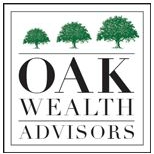 To read the rest of the list and to see other resources from Oak Wealth Advisors,
To read the rest of the list and to see other resources from Oak Wealth Advisors,  IEPs, or Individualized Education Plans, are meant to be documents supporting the development of a student with disabilities. Required by law under IDEA (
IEPs, or Individualized Education Plans, are meant to be documents supporting the development of a student with disabilities. Required by law under IDEA (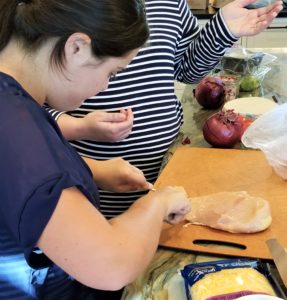 Teachers can start by interviewing the family about how past meetings went. What could have been better? What conversations went well? This interview is all about how you can help increase positivity throughout the process.
Teachers can start by interviewing the family about how past meetings went. What could have been better? What conversations went well? This interview is all about how you can help increase positivity throughout the process.  For this tip, teachers and family members can work together. Focus on the student. This may sound simple, but it is actually a much more involved process. Educators can focus on teaching students how to create their own measurable goals. Once the student understands
For this tip, teachers and family members can work together. Focus on the student. This may sound simple, but it is actually a much more involved process. Educators can focus on teaching students how to create their own measurable goals. Once the student understands  As always, all funds raised at
As always, all funds raised at  Happiness is one factor in many families’ decisions. The costs associated with care are another concern. According to
Happiness is one factor in many families’ decisions. The costs associated with care are another concern. According to  When direct service professionals focus on teaching life skills, such as cooking healthy meals and cleaning their home, an individual’s need for support in skill areas decreases. Learning life skills like these doesn’t only help individuals with disabilities maintain their spaces. It also helps them build community connections and employment skills.
When direct service professionals focus on teaching life skills, such as cooking healthy meals and cleaning their home, an individual’s need for support in skill areas decreases. Learning life skills like these doesn’t only help individuals with disabilities maintain their spaces. It also helps them build community connections and employment skills. Home and community-based services funds have the potential to be used for a number of non-medical needs. Supports like employment help, remote monitoring equipment, and peer services aren’t traditionally covered. But with home and community-based services, access grows. Each of these supports can help an individual with disabilities achieve their dream of living in a community.
Home and community-based services funds have the potential to be used for a number of non-medical needs. Supports like employment help, remote monitoring equipment, and peer services aren’t traditionally covered. But with home and community-based services, access grows. Each of these supports can help an individual with disabilities achieve their dream of living in a community.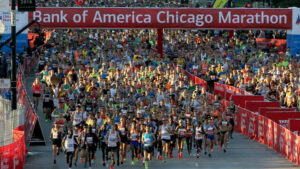

 In each of these every day activities, these parents realized that their own fear was holding their child with disabilities back. Fearing the risks that come with everyday life, parents become overprotective and try to remove obstacles for their child. However, parents understand they can’t protect their child forever. They realize that they need to let some risk in, no matter how small.
In each of these every day activities, these parents realized that their own fear was holding their child with disabilities back. Fearing the risks that come with everyday life, parents become overprotective and try to remove obstacles for their child. However, parents understand they can’t protect their child forever. They realize that they need to let some risk in, no matter how small. With increasingly
With increasingly  Supported by life skills tutoring, individuals with disabilities can choose their goals, based on their hopes and dreams. With the support of their community – which can include family, neighbors, employers, as well as direct service professionals – people with disabilities’ quality of life can be improved immeasurably.
Supported by life skills tutoring, individuals with disabilities can choose their goals, based on their hopes and dreams. With the support of their community – which can include family, neighbors, employers, as well as direct service professionals – people with disabilities’ quality of life can be improved immeasurably.


